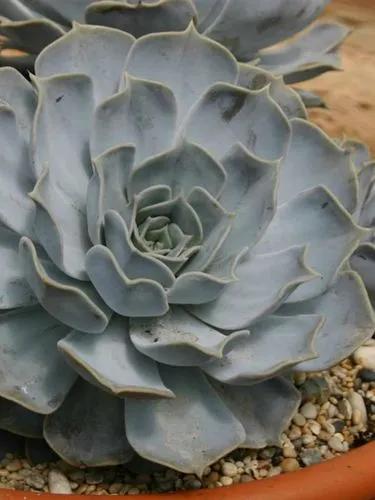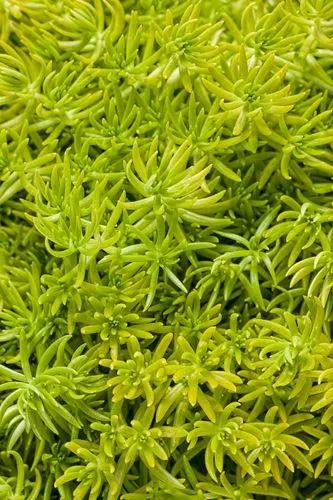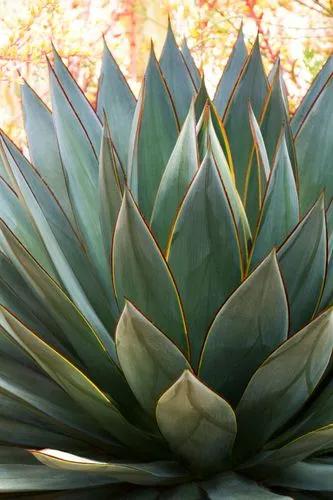Sempervivum arachnoideum 'Cebenese' (Payne) is covered with a heavy white webbing and has a pink tinge on its edges. It can resemble white stones from a distance and makes an excellent choice for green roofs, living walls, and rock gardens.
Cebenese Care
Sempervivum arachnoideum 'Cebenese'



Sempervivum arachnoideum cv. 'Cebenese', native to higher altitudes in Europe, forms delicate rosettes to 3 inches in diameter with pale green leaves. Leaves have very ciliate (hairy) margins, often totaly obscuring the rosette with a dense white "cobweb" appearance. Flowers are star-shaped and pink. In the past, Sempervivums were planted on roofs in Europe and it was believed that Semperivivums had the ability to protect the house from lightning strikes or other attacks. Star-shaped rose flowers in summer months. Sempervivums can provide colorful accents for rock gardens, dish gardens and often are used in strawberry pots, old bird baths, troughs, logs and other unusual plantings.
How to Care for the Plant

Water

Sempervivum arachnoideum ‘Cebenese’ has typical watering needs for a succulent. It’s best to use the “soak and dry” method, and allow the soil to dry out completely between waterings. Sempervivum arachnoideum needs to be watered periodically in the flowering season and once in a while during the winter months.

Fertilizer

The plant doesn’t need feeding, but repotting it in well-draining succulent potting soil containing compost mixed with a slow-release fertilizer ensures a long and healthy plant life.

Sunlight

It does well in full to partial sun. Plant in an area of your garden that gets 6 hours of sunlight a day.

Soil

They thrive in gritty, well-draining soils.

Temperature

They are incredibly frost hardy and will happily overwinter under an insulating blanket of snow. These plants will withstand temperatures down to (-20°F).

Container

Choose any type of container with enough drainage holes.

Popularity

121 people already have this plant 57 people have added this plant to their wishlists
Discover more plants with the list below
Popular articles






